The warble of a distant ice-cream truck is a sound many of us link with summer heat, but for me, nothing says “holy cow, it’s hot” like the drone of a cicada. Their song slices through sultry afternoons like tiny buzz saws, the calls undulating before they drop off near the end of their arc.
While the largest cicada is a Malaysian species three inches long with a seven-inch wingspan, ours range from one to 2.5 inches in length with wingspreads around three inches. Thickset bugs with clear, membranous wings and bulgy eyes, cicadas have a prehistoric look, which is apt, given that they’ve been around 200 million years. Well, not the same ones – they don’t live that long.
Cicadas do live quite a while, though. Depending on species, lifespans vary from 2 to 17 years, which is ancient for an insect. After spending most of their lives underground as juveniles, adults emerge and only live about a month; what a letdown after 17 years of anticipation. Mature cicadas have just enough time to find a mate, which is why they sing.
Generally, it’s the males of a species that develop loud or showy traits to attract females. Male frogs croak loudly; male cardinals wear bright red outfits; guys get flashy cars or loud motorcycles. True to form, male cicadas make all the racket. Unlike crickets that chirp by rubbing one wing against the other, known as stridulation, cicadas are unique musicians.
Only a committee – or perhaps Rube Goldberg – could have made the noisemaking scheme of male cicadas more intricate. Cicadas use hardened structures called tymbals to sound off. These complex organs are low on their abdomen, towards the front. Males flex their abs (finally, a valid reason for a six-pack) to rub the tymbals together. But that’s only part of it.
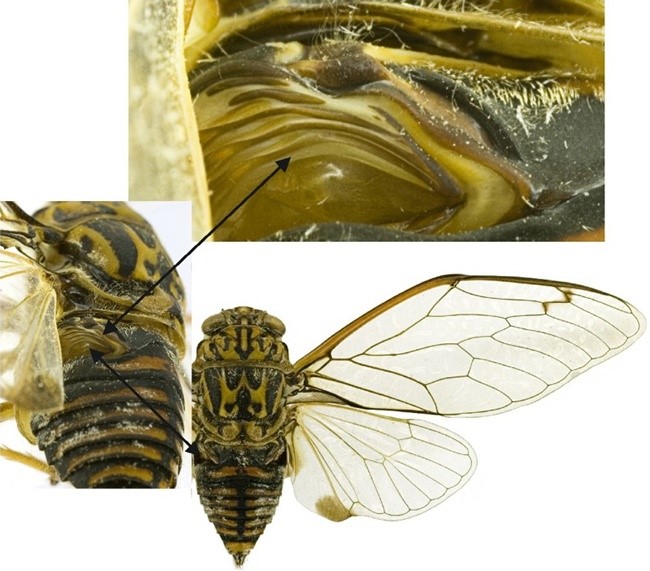
In contrast to human males, who are prone to being vacuous between the ears and overstuffed in the middle, male cicadas have adequate brains and hollow abdomens. This abdominal void acts as a sound box much in the way the body of a guitar does. And there’s even more to it.
The Goldberg-like music machinery continues: In the cicada thorax are enlarged cavities that serve as resonance chambers, allowing a cicada to further amplify its call. The undulating quality of a cicada call happens when the male lowers itself onto his perch, and raises up again. Even if you dislike cicada calls, you have to respect the lengths it takes to create them.
In terms of reproductive strategy, cicadas are either annual or periodical. I was so disappointed to learn that periodical cicadas don’t work in libraries or the publishing industry. They are so called because periodically – every 13 or 17 years, depending on the brood – they complete their life cycle as a group and emerge in droves. Why they elect to come out only in prime-numbered years is anyone’s guess. I’d say it’s the kind of thing a librarian might choose.
Over a dozen states in the Midwest, Great Lakes, and New England regions have annual, or dog-day cicadas. These can be green, brown or black. Ancient Greeks named the hottest part of summer “dog days” because they observed Sirius, the Dog Star, rising at dawn during that time. Dog-day cicadas appear every year, but in lesser numbers compared to periodical broods.
Whether annual or periodical, cicadas follow the same pattern. Immature or nymph cicadas burrow into the ground and feed on tree roots, either hardwoods like maple and oak, or pine (why spruce and cedar are off the menu I have no idea). According to research, this feeding does no measurable damage to trees. When they’re full-size, nymphs emerge from the soil, climb up on a tree trunk and “unzip” their exoskeleton to reveal an adult. You’ll find the empty husks in parks, woods and back yards.
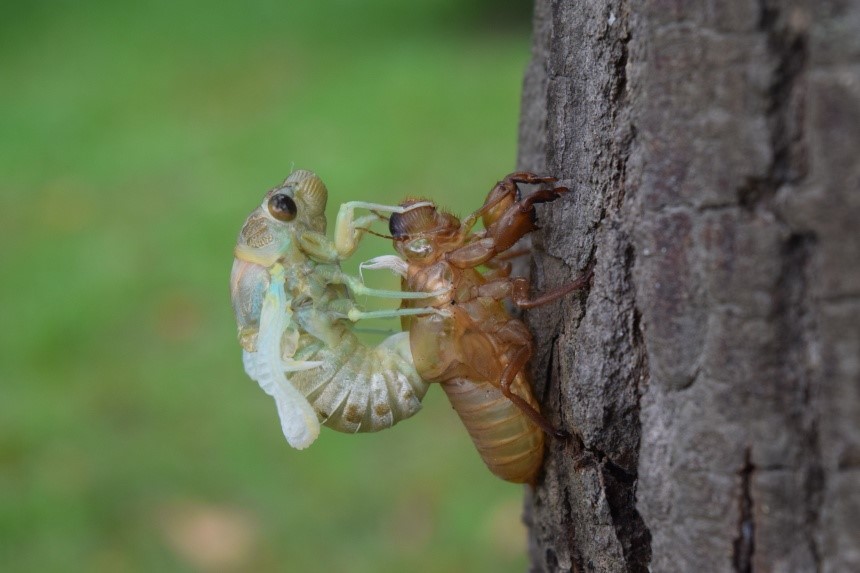
The adults use a syringe-like mouthpart to drink tree sap, but reportedly eat very little. They live just long enough to sing, mate, and die, dodging predators in between such chores. Given their size, cicadas make yummy prey for birds, reptiles, and small mammals. A fearsome-looking giant wasp called the cicada killer is strong enough to grab cicadas and cart them home for baby food. Cicada killer wasps, while startlingly big, are not aggressive, and stings are extremely rare.
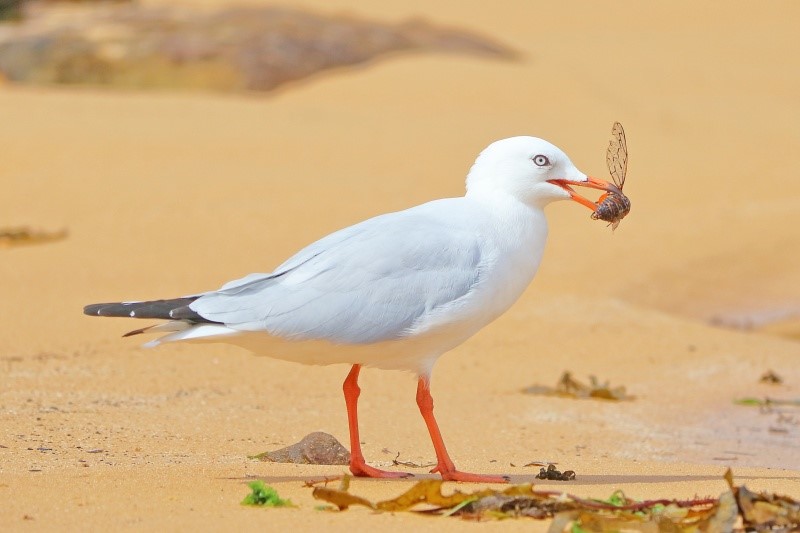
Adult cicadas may not feed much on trees, but they do cause some damage. Mated females use their ovipositors to slit open the bark of a hardwood twig so she can deposit her eggs in the gash. This sometimes causes the twig to break, and if there are a lot of cicadas around it can look as if something is wrong with the trees.
Before summer gets away from us, take a minute to appreciate a dog-day cicada song on a sizzling day, preferably in the shade with a cold drink. It won’t be all that long before we’ll be missing the dog days again.
Become a Saturday Evening Post member and enjoy unlimited access. Subscribe now
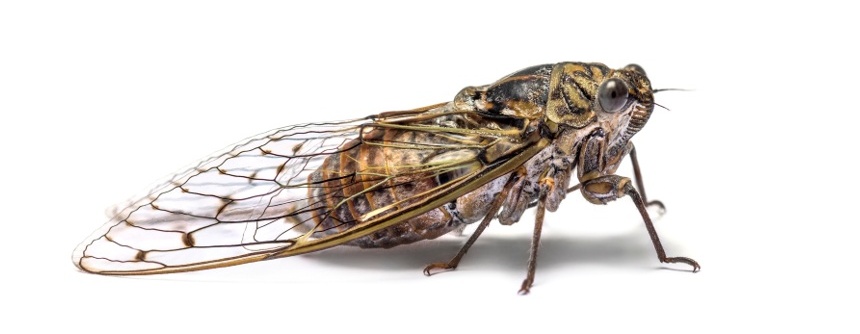

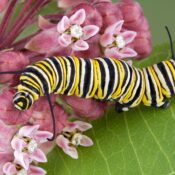

Comments
I have not received order #4878530. Would you please check on my order.
Thanks
Fascinating feature. I don’t know if I’ll see any or not. It’s good to know stings are extremely rare. There’s enough to worry about with wasps and their itching stings. So far so good though Paul, but it’s only mid-July.